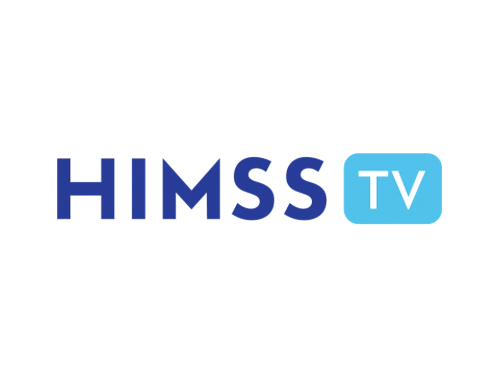Section 752 of the Consolidated Appropriations Act of 2023 signals a new chapter in pursuing digital accessibility for federal agencies. The act requires federal agencies to meticulously report on the accessibility of their information and communication technology (ICT), creating an exigency that might still be unanticipated by many. All agencies must submit their responses to a 105-item questionnaire focused on the accessibility of their ICT by August 11, 2023. And many federal agencies, caught off guard by the act’s complexities and the looming deadline, find themselves racing against time.
This change is more than just another directive — it’s a wake-up call to address a crucial issue that has been sidelined for far too long.
How we got here
In an era where digital integration is fundamental to government services, digital accessibility in the federal government sector has emerged as a paramount concern. The evolution of this issue, and the increasing emphasis on it, reflects societal progress and a commitment to equality and inclusivity.
The Biden administration has amplified the push toward achieving digital accessibility, evident in the 2021 executive order on diversity, equity, inclusion and accessibility (DEIA). This order is a concrete pledge to take accessibility seriously, an acknowledgment of the urgency for action and a call for government agencies to meet their obligations.
The Consolidated Appropriations Act further intensifies this focus on digital accessibility by enforcing pre-existing digital accessibility compliance requirements outlined in Section 508 of the Rehabilitation Act of 1973. Instead of creating additional regulations, it marks a renewed insistence on a long-standing, largely unfulfilled commitment.
Despite the existence of these regulations, recent findings paint a stark picture: Many government services are inaccessible to people with disabilities. This sobering reality emerges from a persistent lack of enforcement and monitoring of accessibility efforts, a shortcoming that has lingered unchecked. According to a recent report on Section 508, a significant portion of the federal government sector remains inaccessible, underscoring the urgent need for change.
However, the complexity and comprehensive nature of the Consolidated Appropriations Act reporting requirement, coupled with years of under-enforcement, have left many agencies scrambling to meet this latest mandate. The questions are intricate and require detailed responses, a challenge that mirrors the intricacies of the issue of digital accessibility itself.
A gap between legislation and implementation
What is abundantly clear from the recent Section 508 report is that while the legislation for digital accessibility exists, its practical implementation and enforcement are inadequate. This alarming state of affairs underscores the need for change.
The Section 508 report illuminates a concerning disconnect between established legislation and practical implementation, exposing critical shortcomings in digital accessibility. Despite the existence of legal requirements, in the case of several large federal bodies, merely half, or even less, of their assessed websites may comply with Section 508’s accessibility mandates. Compounding this issue for employees, the report highlights that various agencies also neglect to test their intranet pages.
Federal agencies now find themselves accountable for not only addressing digital accessibility but also for meticulously reporting on it. This shift, while sudden and challenging, is an imperative step toward the objective of bridging the gap between accessibility policy and practice. Although agencies may initially struggle with the demands of the legislation, the consequences of ignoring it — both reputational and operational — make compliance a non-negotiable obligation.
Unpacking Section 752’s reporting requirements
The questionnaire, created to kickstart enforcement of Section 752, paints an expansive landscape of reporting requirements. One major area it addresses is conformance metrics, requiring agencies to report on quantifiable data that indicates their degree of alignment with Section 508 standards. For example, question 68 requires that agencies report on whether their public internet web pages were evaluated by a combination of both automated and manual testing in the reporting period. But the requirements extend beyond public internet pages and also include intranet pages, electronic documents and videos.
Further, the questionnaire prompts agencies to assess the accessibility of an array of other digital systems and assets. This encompasses email applications, video conferencing platforms, tax documents, kiosks, custom desktop software, native mobile apps and even the most widely distributed multifunction printers.





